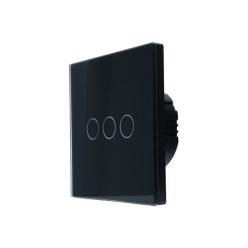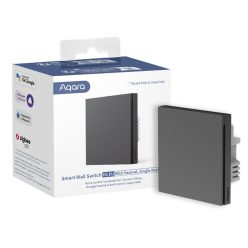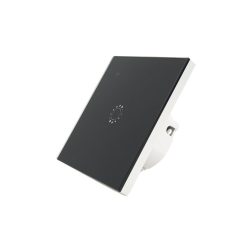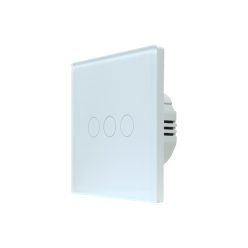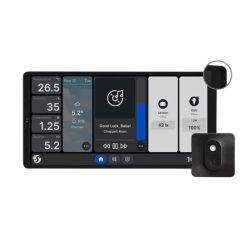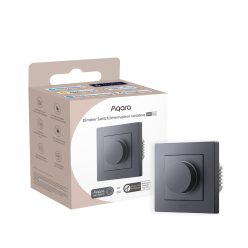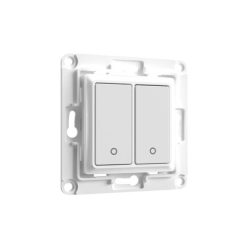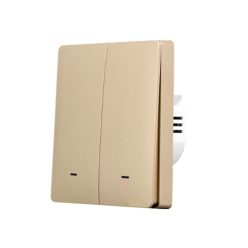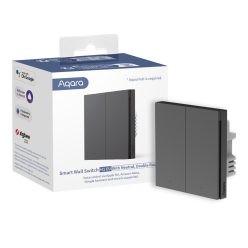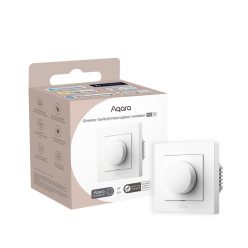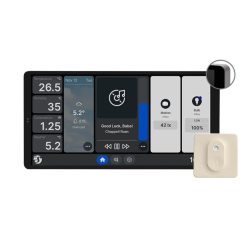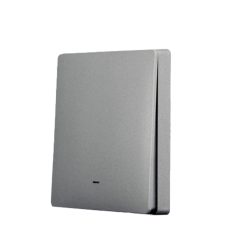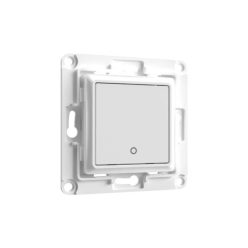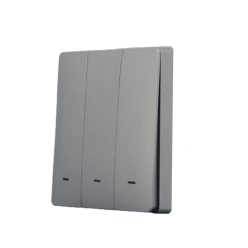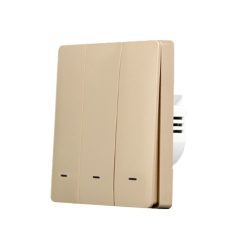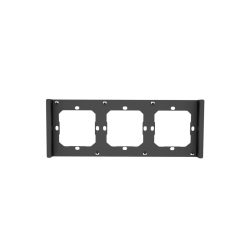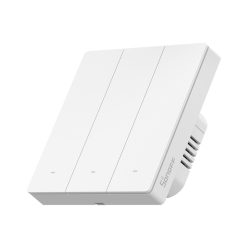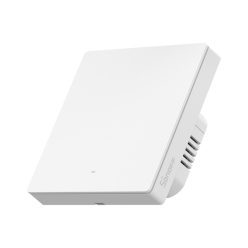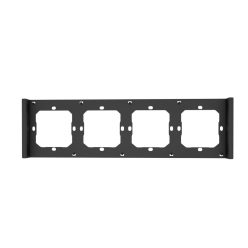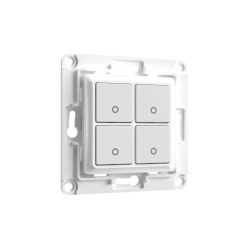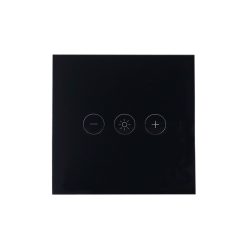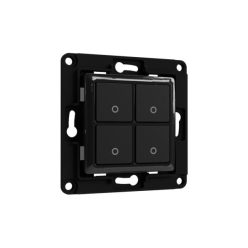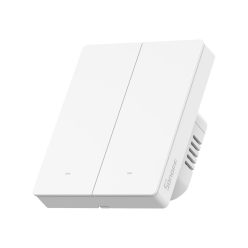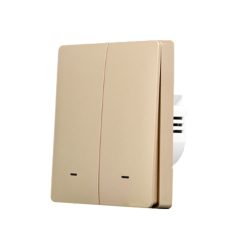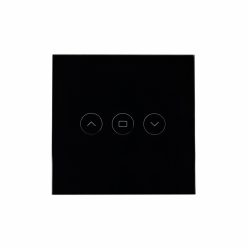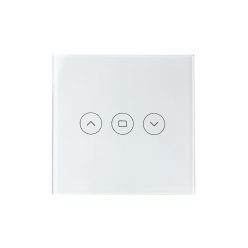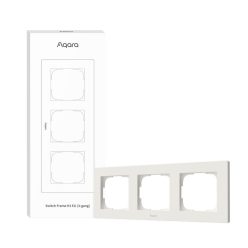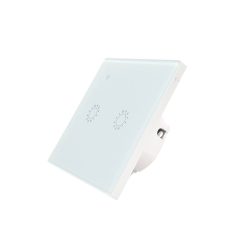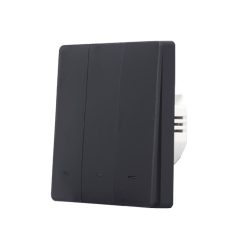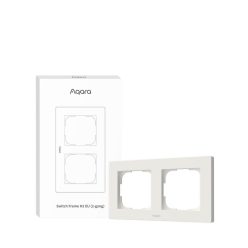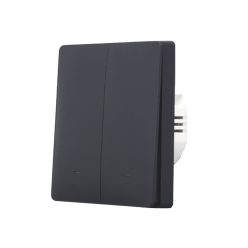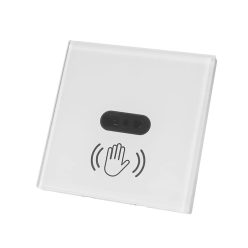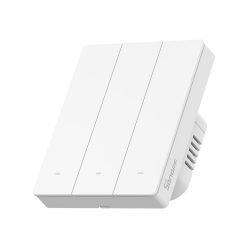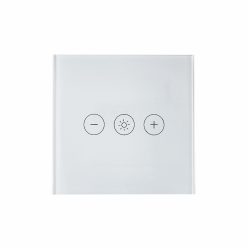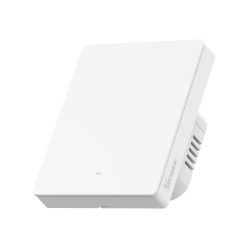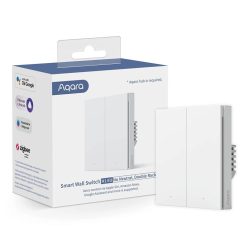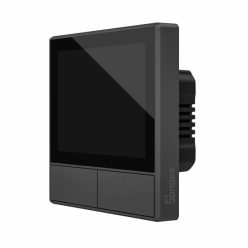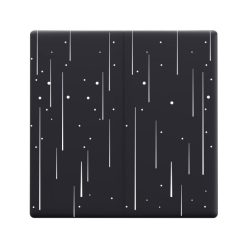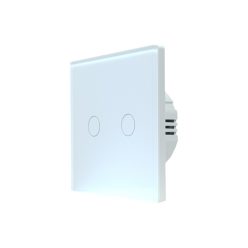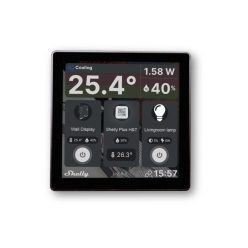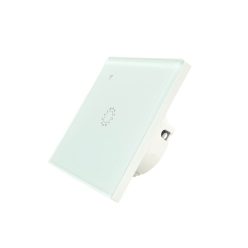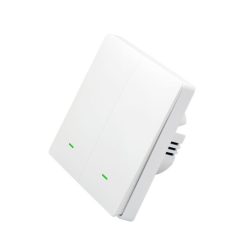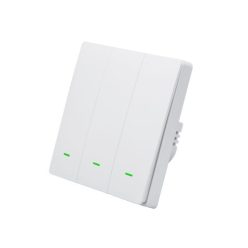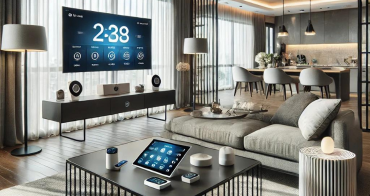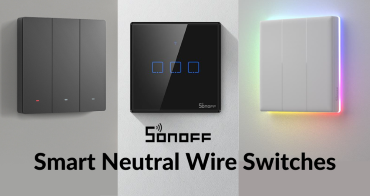
Two Different Types of Wall Switches: Neutral Wire Switch and Single Live Wire Switch
With the advancement of technology, smart homes have gradually become prevalent in many households. The various control methods and home automation features of smart homes have attracted numerous consumers. The product range of smart homes is quite extensive, ranging from large appliances like refrigerators, televisions, and solar heating systems to small devices like NFC tags and remote control buttons. Today, we will focus on one of the most common smart home devices – smart wall switches.
- Introduction
- Understanding Single Live Wire Switch and Neutral Wire Switch
- Smart Wall Switches
- How to Choose
- SONOFF Wall Switches Recommendation
1. Introduction
With the advancement of technology, smart homes have gradually become prevalent in many households. The various control methods and home automation features of smart homes have attracted numerous consumers. The product range of smart homes is quite extensive, ranging from large appliances like refrigerators, televisions, and solar heating systems to small devices like NFC tags and remote control buttons. Today, we will focus on one of the most common smart home devices – smart wall switches.
Before diving into smart wall switches, let’s first understand the two main categories of traditional wall switches. This knowledge will influence your selection of smart wall switches and prevent unnecessary losses caused by purchasing mistakes.
One of the categories is the “Neutral Wire Switch,” which requires a neutral wire for proper functioning. The other category is the “No Neutral Wire Required Switch” or “Single Live Wire Switch,” which, as the name suggests, does not need a neutral wire for installation and operation.
2. Understanding Single Live Wire Switch and Neutral Wire Switch
Common Issues with Traditional Wall Switches
Before the advent of “Smart Wall Switches,” there were no specific terms like “Neutral Wire Wall Switch” or “Single Wire Wall Switch.” The only distinction lies in how the “switch” is connected either to the live wire (fire wire) or the neutral wire. This connection determines the control of turning the light bulb on and off.
When the switch is connected to the neutral wire, it functions properly. However, due to the live wire carrying electricity and the neutral wire being non-electrified, when the switch is installed with the neutral wire, the light bulb will be directly connected to the live wire. This means that the light bulb remains electrified, regardless of whether it is turned on or off. When a person touches the glass part of the light bulb, there is no electrical conductivity, and it will not cause any harm. However, if a person touches the metal part of the bulb, an electric shock can occur. Refer to Figure 1 below for illustration.
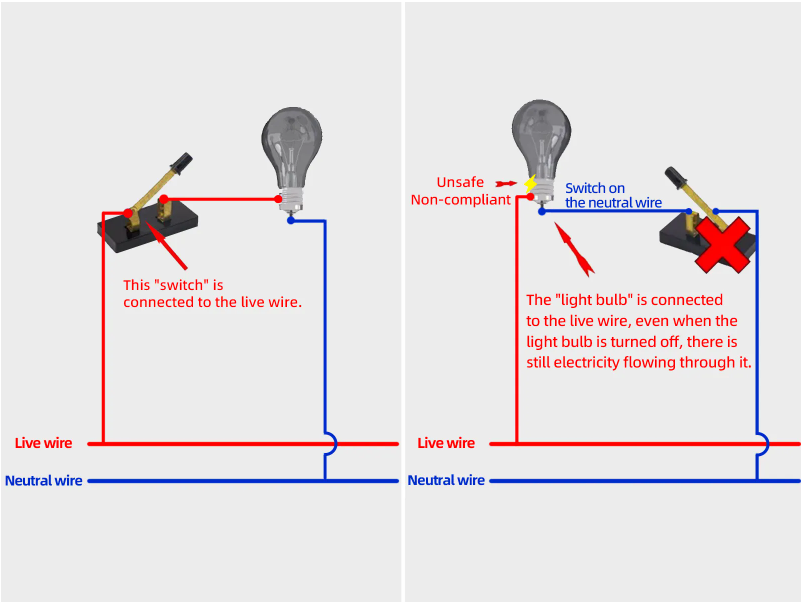
(Comparison Between Connecting Switch to Neutral Wire and Live Wire)
Therefore, installing the “switch” on the neutral wire is very unsafe and non-standard.
As a result, the commonly seen “wall switch” in our homes must be connected to the live wire.
The most straightforward difference between the traditional No Neutral Required Switch (Single Wire Switch) and the Neutral Wire Switch lies in their wiring configurations.
As shown in the diagram:
The No Neutral Required Switch (Single Wire Switch) only has the live wire connected to the control line of the light.
On the other hand, the Neutral Wire Switch has both the live wire and the neutral wire connected to the control line of the light.
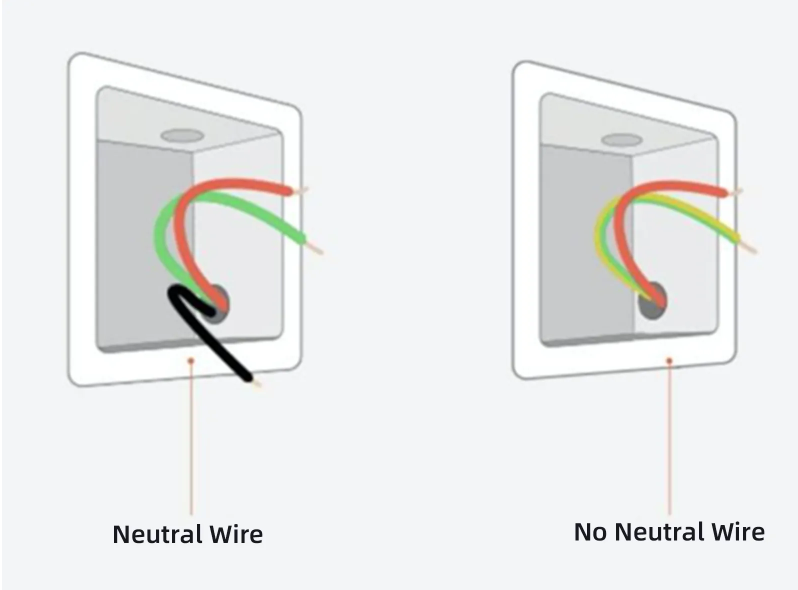
Utilize the sunrise or sunset time in your city as triggers. Additionally, you can set the trigger to occur at specific minutes before or after sunrise/sunset. Up to 30 minutes can be set.
3. Smart Wall Switches
The regular “wall switch” operates manually, allowing users to turn the light on or off by physically interacting with the switch. However, the reason why “smart switches” are considered intelligent is due to the integration of a “smart control module” within the switch. Once the switch is turned off, both the “light bulb” and the “remote control module” lose power simultaneously, resulting in the “smart control module” being unable to perform remote control functions.
To make a “switch” smart, it is essential to ensure an uninterrupted power supply to the “smart control module.” There are two methods to achieve this: the “Smart Neutral Wire Wall Switch” and the “Smart No Neutral Required Wall Switch.” Both of these methods ensure that the “smart control module” remains powered and functional for smart control capabilities.
The Principle of Smart Neutral Wire Wall Switch
In the Smart Neutral Wire Wall Switch, the live wire and the neutral wire are connected to the “Smart Control Module” on the smart wall switch, providing power supply as shown in the following diagram.
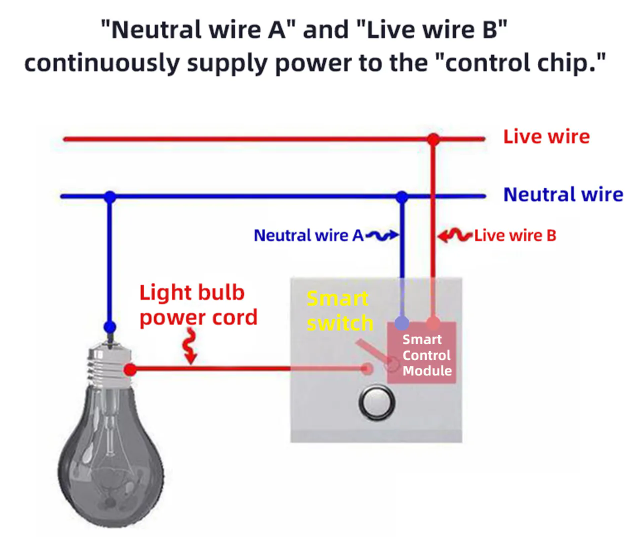
When the smart wall switch is in the OFF position, the “Smart Control Module” continues to receive power supply from the neutral wire (A) and live wire (B). However, since the light is not connected to the power supply, it remains off.
Conversely, when the smart wall switch is in the ON position, both the “Smart Control Module” and the light bulb receive power supply, causing the light to turn on.
Therefore, the Smart No Neutral Wall Switch ensures that the “Smart Control Module” remains powered, whether the light bulb is on or off. This allows the switch to maintain a continuous connection to the network, enabling control through various means like voice commands from a mobile phone.
The Principle of Smart No Neutral Wire Required Wall Switch
Inside the Smart No Neutral Wire Required Wall Switch, there is a built-in variable resistor used to control the current. This method is employed to supply power to the “Smart Control Module.” The wiring diagram for the Single Wire version of the switch is shown below:
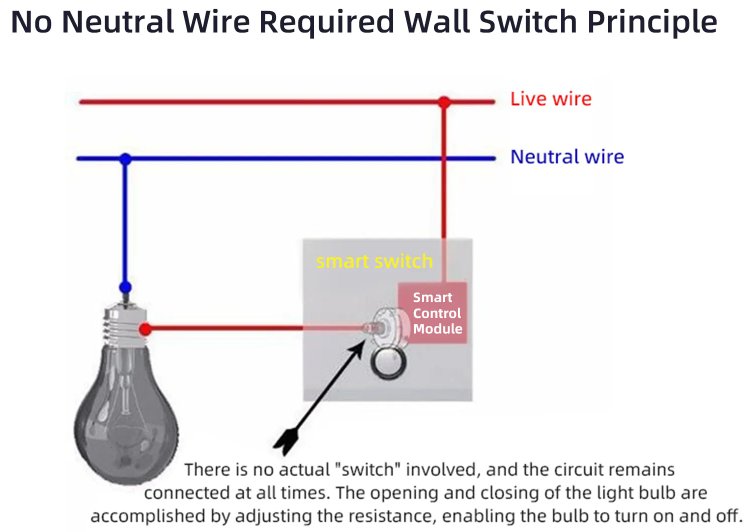
The “Smart No Neutral Wire Required Wall Switch” integrates a variable resistor in series with the light bulb. When the light bulb needs to be turned off, the variable resistor is adjusted to a high value, almost approaching an open circuit, but not entirely. There is still a tiny current flowing through the circuit, providing power to the “Smart Control Module.”
Due to the use of the variable resistor, the Smart No Neutral Wall Switch often has the following drawbacks:
- If the quality of the light bulb is poor, it may cause flickering after turning off the light.
- Power limitation – Most No Neutral Wire Required version smart wall switches can only handle devices up to 800 watts, whereas the Neutral Wire version can typically support devices up to 2500 watts.
- Higher cost – Due to different design requirements, the production cost of the Smart No Neutral Wall Switch is generally higher compared to the Neutral Wire version.
4. How to Choose
When selecting a smart wall switch, most of the choices involve direct replacement of the “existing switch.” Therefore, our primary task is to confirm whether there is a neutral wire in the wall switch’s junction box, as this will determine which version of the product we should choose. While inspecting the junction box, please ensure to turn off the power to avoid the risk of electric shock.
If you are in the renovation phase, I recommend leaving a neutral wire in the switch’s junction box during the renovation process. Having only a live wire will prevent you from using the version of the product that requires a neutral wire. If you later wish to use the neutral wire version of the smart product, rewiring will be a daunting task and will require a significant investment.
Therefore, whenever possible, if your home’s electrical wiring permits, it is advisable to install the “Smart Neutral Wall Switch,” as it offers safety, stability, and is more cost-effective.
5. SONOFF Wall Switches Recommendation
Smart Neutral Wire Switches
| Product |
TX Series |
M5 |
TX Ultimate |
| Product introduction |
Discover the TX Series Smart Wall Touch Switches – offering 1 to 3-gang options for independent device control. Some models include a 433MHz receiver, enabling convenient control of hard-to-reach devices. |
SONOFF M5 is a mechanical smart switch that is available in 1/2/3 channel, supporting local button, App and voice control. Everything is under control. |
Upgrade to the TX Ultimate Smart Touch Wall Switch! Enjoy full touch access, smart LED light, and replaceable switch covers for a colorful life experience. |
Switch Standard |
80 / 86 / 120 |
80 / 86 / 120 |
86 |
Gang |
1 Gang / 2 Gang / 3 Gang |
||
Product Color |
Black / White |
Dim Gray / White |
White |
Protocol |
WiFi Control / WiFi & RF Control |
WiFi Control |
WiFi Control |
Operating Mode |
Touchscreen control |
Physical button to operate |
Touchscreen control |
As more homes turn to smart technology, lighting automation has become a central focus. Aqara's smart switches offer a simple yet efficient way to enhance your home’s lighting system. However, before upgrading, it's crucial to understand the wiring requirements - Live + Neutral wiring versus Live-only wiring - and how they impact the performance and functionality of your smart switch.
In the realm of smart home technology, the integration of WiFi devices plays a crucial role in enhancing convenience and automation. This comparison explores the integration capabilities of two prominent brands, Shelly and eWeLink, highlighting their compatibility with popular voice assistants and their ability to connect with broader automation ecosystems.
In today's digital age, enhancing home security with smart technology is no longer a luxury but a necessity. The Aqara U200 Smart Lock represents the pinnacle of smart home security, offering a blend of advanced features, ease of use, and robust protection. Let's dive into what makes the Aqara U200 an essential addition to your smart home ecosystem
Smart home systems are rapidly spreading in the modern world, bringing significant changes to our daily lives. These systems employ technologies that enable the automation and remote control of various elements of our homes. Below, we provide a detailed overview of the different types of smart home systems, their benefits, and the considerations to keep in mind when planning.





